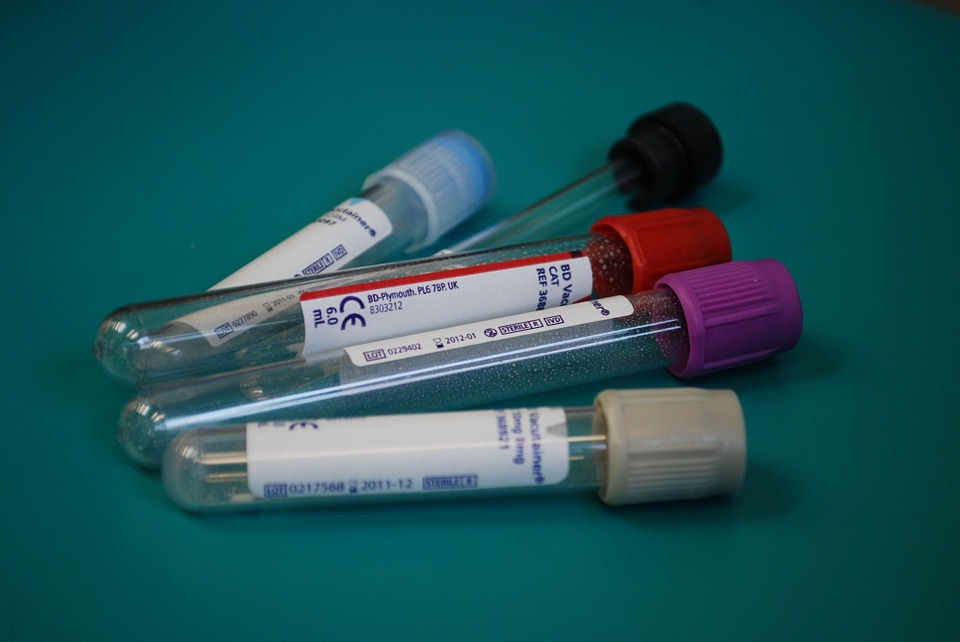Over the past few years, the EU has enacted a series of new regulations related to healthcare and medical devices. For example, the new In Vitro Diagnostic Regulation (IVDR 2017/746) addresses several weaknesses of previous directives and also has more stringent requirements for In Vitro Diagnostic (IVD) manufacturers doing business in Europe. Even though the IVDR will not go into full effect until May 2022, IVD companies should begin planning for implementation now. Not sure where to start? Here is a brief overview of the regulation and some changes that will be relevant to any organization involved in the manufacturing and distribution of in vitro diagnostic devices.
what is the in vitro diagnostic regulation?
In Vitro Diagnostics (IVDs) are defined as tests conducted on blood or tissue samples in order to detect disease, monitor health, or administer treatments. IVDs can be used in a lab setting, hospital, doctor’s office, or at home, and some examples of IVD devices include urine test strips, pregnancy tests, and test tubes for holding medical specimens.
Companies that manufacture IVDs must adhere to the new In Vitro Diagnostic Regulation (IVDR) in order to sell their products within the EU. IVDR replaces the former In Vitro Diagnostic Directive (IVDD). Similar to MDR, the goal of IVDR is to further standardize products and processes, improve pre-market and post-market surveillance, and encourage patient safety.
what are some of the main changes in ivdr?
Most of the changes brought about by IVDR are related to classification, clinical trials, and post-market surveillance. The classification for IVDs will be revised to a risk-based system, with each device receiving a classification ranging from A (lowest risk) through D (highest risk). Devices other than those used for performance studies must also bear a CE mark of conformity to show it adheres to IVDR. IVDs will also need to have labels with unique device identifier numbers.
In addition to classification and labeling changes, there will be increased scrutiny on clinical data reporting, post-market surveillance, and pre-approval clinical studies that are conducted for new IVDs. Devices that are classified as Class C or D must be accompanied by a safety and performance summary, created by the manufacturer for public knowledge. Manufacturers and distributors of IVDs must also bear a greater responsibility for preventing defective devices from going to market and recalling defective devices that are already out on the market.
how will ivdr affect notified bodies?
As with MDR, the responsibilities of notified bodies will also change under IVDR. Per the European Commission’s definition, a Notified Body is “an organization designated by an EU country to assess the conformity of certain products before being placed on the market.” Rather than just perform a conformity assessment and issue a CE mark for some devices, notified bodies will now also review clinical data, inspect manufacturing facilities, and evaluate any IVDs above Class A. With the new classification system in place, this means that about 90% of IVDs will now require a conformity assessment through a notified body, a large jump from the 10% of devices requiring it under IVDD.
With these enhanced responsibilities, there will likely be fewer notified bodies that are qualified for re-certification under IVDR, which will elongate the process for reviewing IVD products and approving them for the market. This is one of the main reasons why planning ahead for full IVDR compliance is essential.
still have questions about how to adapt to ivdr?
If your organization is currently implementing changes to conform to IVDR, contact a ULG specialist today for assistance. You can also download our ebook What You Need to Know About the EU’s New Medical Device Regulation: MDR & IVDR for an in-depth look at how the new EU legislation will affect the medical industry at large.

